Glass partition walls are more than just a design trend—they’re a functional, stylish, and efficient solution for both residential and commercial spaces. These transparent or semi-transparent walls add openness to interiors without sacrificing privacy or structure. Whether you’re creating meeting rooms in an office or dividing up a living room at home, glass partitions bring flexibility and light into any space.
Types of Glass Partition Walls
There are several kinds of glass partitions, each with a different price tag and purpose. Frameless glass partitions offer a clean, minimalist look that’s great for sleek modern interiors, but they often come at a premium. Framed glass partitions, while slightly bulkier, are more affordable and sturdy. Sliding glass partitions are ideal for areas needing adaptable division, while acoustic glass partitions are specially designed for noise reduction, making them perfect for boardrooms or recording studios. The type you choose significantly affects the overall cost.
Key Factors Affecting Glass Partition Wall Cost
Several components influence the cost of glass partitions. First, the type of glass matters—tempered, laminated, frosted, and acoustic options each have different price points. Next, the size and thickness of each panel impact material and handling costs. If the installation involves high ceilings or curved walls, complexity and labor charges rise. Customizations such as etching, frosting, or branding increase expenses, as does the material used for frames—stainless steel frames typically cost more than aluminum ones.
Average Cost Breakdown by Type
On average, glass partition wall cost between $25 and $75 per square foot, depending on quality and features. Frameless models tend to cost $70–$100 per square foot due to their complexity, while framed partitions can range from $40–$60. In residential settings, simpler designs may start around $500 for small installations, but commercial projects—especially those with custom etching or integrated blinds—can exceed $10,000 easily. Geographical location also impacts costs, with urban areas typically commanding higher prices due to labor rates and logistical challenges.
Installation Costs and What’s Included
Installation costs are another crucial component. Labor alone can cost between $300 and $800 depending on the size of the job and region. This usually includes on-site measurements, preparation, labor for setup, and sometimes transport. Some installers include basic mounting hardware and cleanup, but others may charge separately. Permit fees may apply in some locations, especially for large commercial installations or where safety codes are involved.
Hidden Costs to Be Aware Of
One often overlooked factor is ongoing maintenance. While glass looks fantastic when clean, it shows fingerprints and smudges easily. Routine cleaning may require special products or services, adding to lifetime cost. If the glass is damaged, repairs can be expensive, especially with custom or tempered pieces. Hardware like sliding tracks, seals, or brackets may wear out or need upgrading, so factor those into your budget.
Cost Comparison with Other Partition Types
Compared to traditional drywall, glass partitions are more expensive upfront. Drywall installations typically run about $10–$20 per square foot, making them more budget-friendly. However, drywall lacks transparency and natural light benefits. Wood partitions offer warmth and style but cost similarly to glass, depending on the wood used. Aluminum and PVC are cheaper but compromise on elegance and durability. Glass partitions strike a balance between function and flair—especially in environments where light and openness are key.
How to Save Money on Glass Partition Walls
If you’re budget-conscious, there are ways to cut costs. Choosing standard-sized glass panels rather than custom shapes can significantly lower prices. Avoid unnecessary add-ons like integrated blinds or decorative etching unless they serve a real purpose. Working with experienced and well-reviewed contractors can also prevent costly mistakes or delays. Sometimes, buying glass and hardware in bulk for large projects earns discounts as well.
When to Invest in High-End Glass Partitions
Sometimes, spending more makes sense. High-end partitions with acoustic insulation are worth it in noisy workspaces or shared living environments. If you’re designing for branding impact, such as in a customer-facing office, custom-frosted or etched partitions add a sophisticated, memorable look. Also, premium installations often last longer and require less maintenance, reducing overall long-term costs.
Glass Partition Costs in Office Renovations
In offices, glass walls promote transparency, collaboration, and a modern aesthetic. A small office remodel might cost around $3,000–$5,000, while a large corporate installation could exceed $50,000, especially if it includes acoustic or fire-rated glass. In this setting, it’s important to look at long-term ROI, such as reduced energy bills from better natural light or boosted employee morale through improved design.
Residential Applications and Cost Considerations
In homes, glass partitions are gaining popularity in bathrooms, living areas, and kitchens. Frameless glass shower partitions may start at $700, while full-room dividers can range between $1,500 and $4,000 depending on design and space. For home offices or study areas, soundproof options may be worth the splurge. Keep in mind that residential designs can be simpler and therefore more affordable than corporate setups.
Maintenance and Longevity of Glass Partitions
Maintaining glass partitions is straightforward if you stay consistent. Regular cleaning with glass-safe products prevents buildup and keeps the surface sparkling. Using protective coatings or films can minimize scratches, and ensuring proper installation reduces stress on joints and brackets. With the right care, a glass wall can last over 20 years, making it a smart long-term investment.
Final Thoughts on Budgeting for Glass Walls
Glass partition walls are a stunning and practical design feature—but they come at a cost. Understanding all the variables that affect pricing helps you make smarter choices, whether you’re planning for a home renovation or an office transformation. With a range of options and customization levels, you can find a solution that balances aesthetics, performance, and budget.
Conclusion
When it comes to designing a space that feels open, modern, and functional, glass partition walls are hard to beat. They allow natural light to flow freely, offer versatility in layout, and can even contribute to better acoustics when chosen wisely. While the costs can vary widely depending on materials, design, and scope, a well-planned glass partition installation can enhance your environment for years to come. Whether you’re creating a serene home office or a collaborative work zone, understanding the ins and outs of glass partition wall cost is the first step toward making a wise investment.



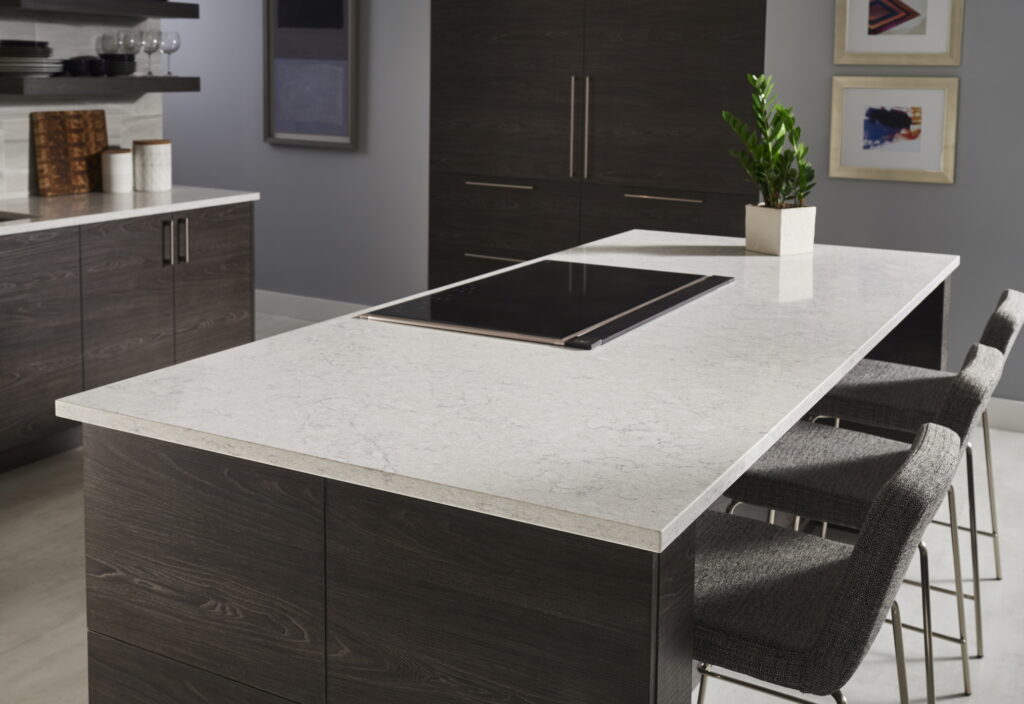






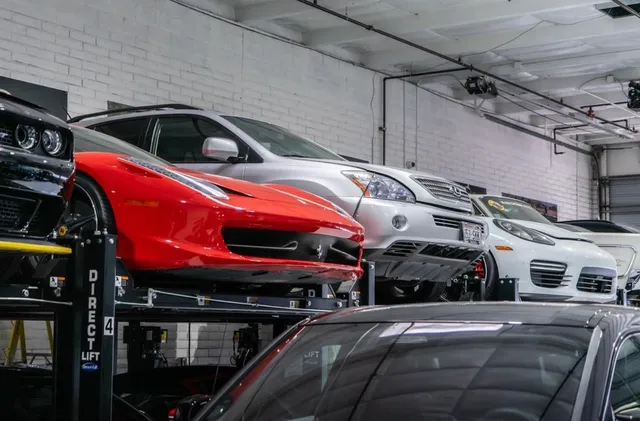
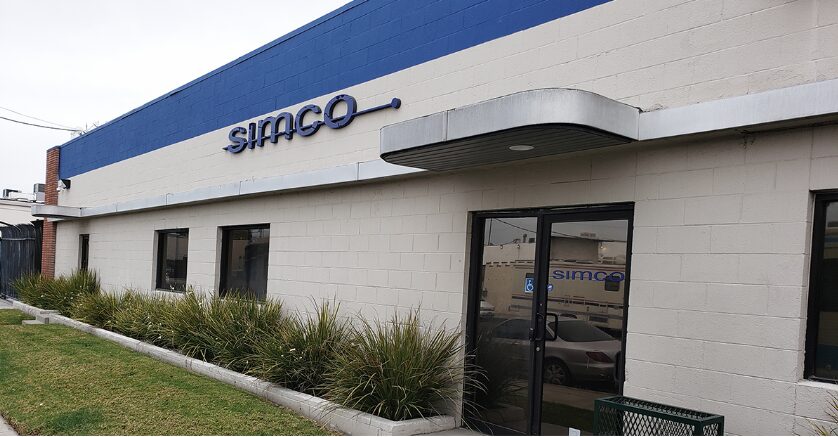



















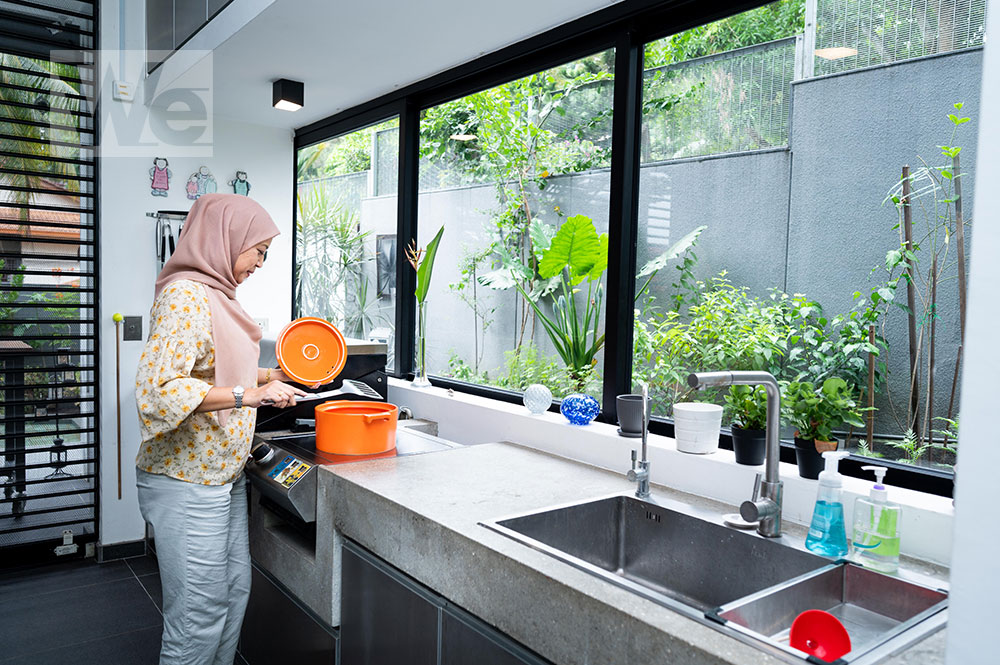











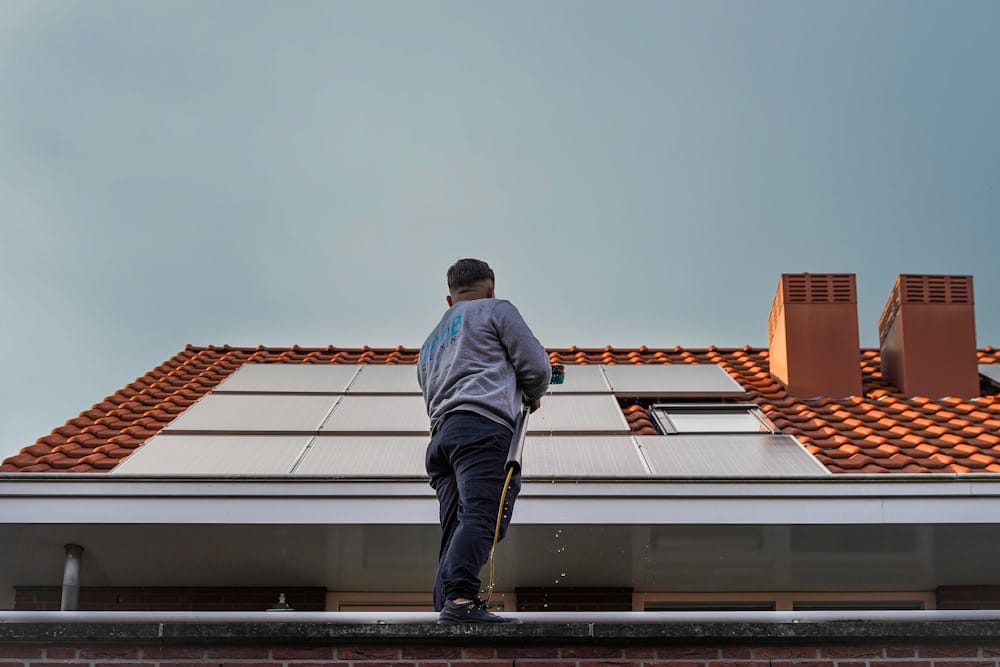













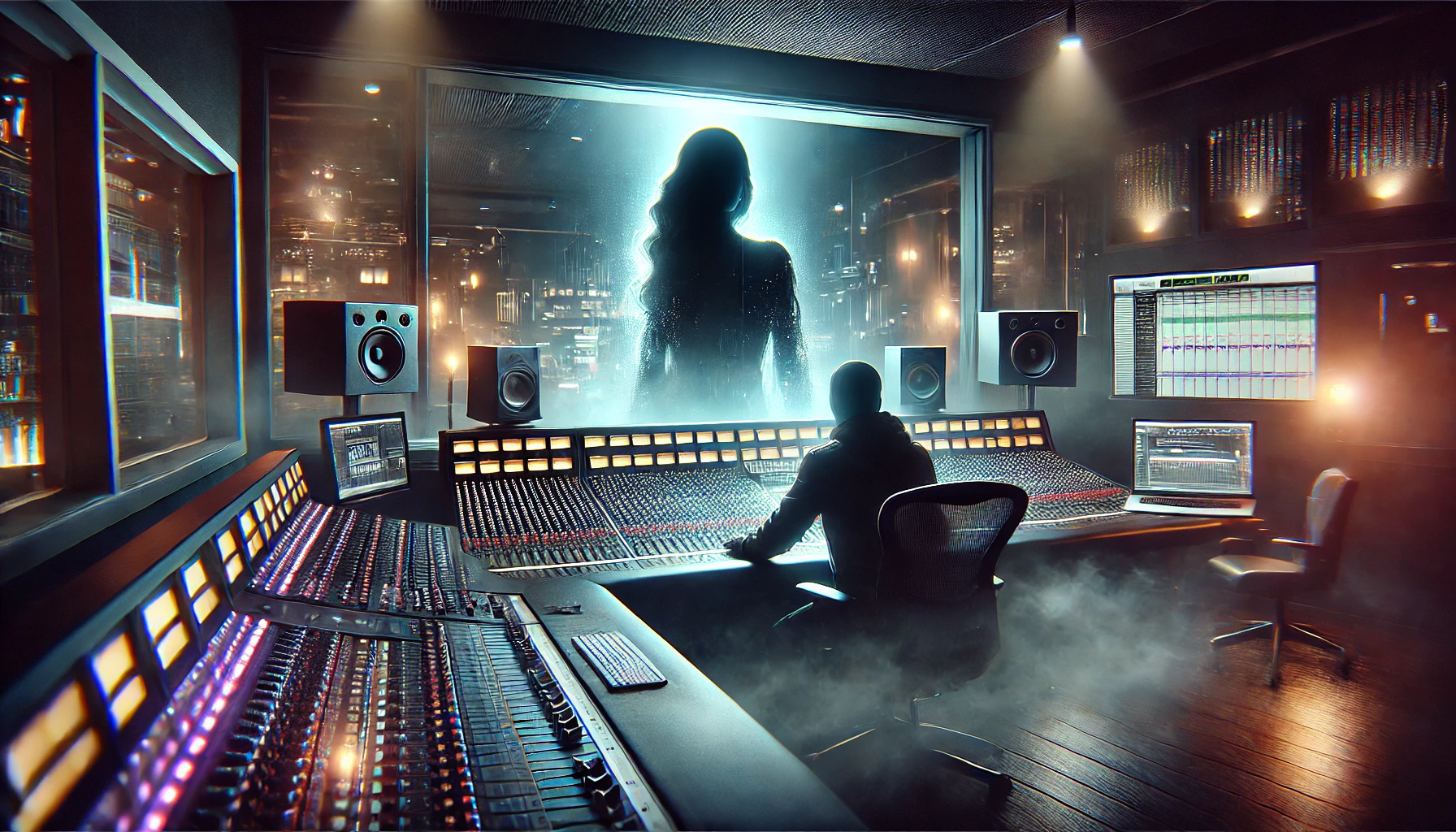




Leave a Reply